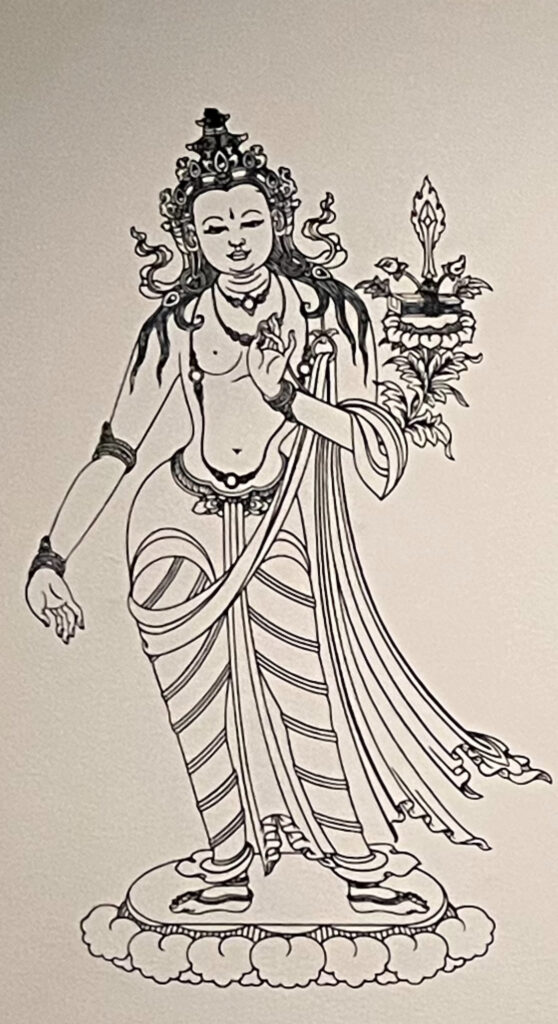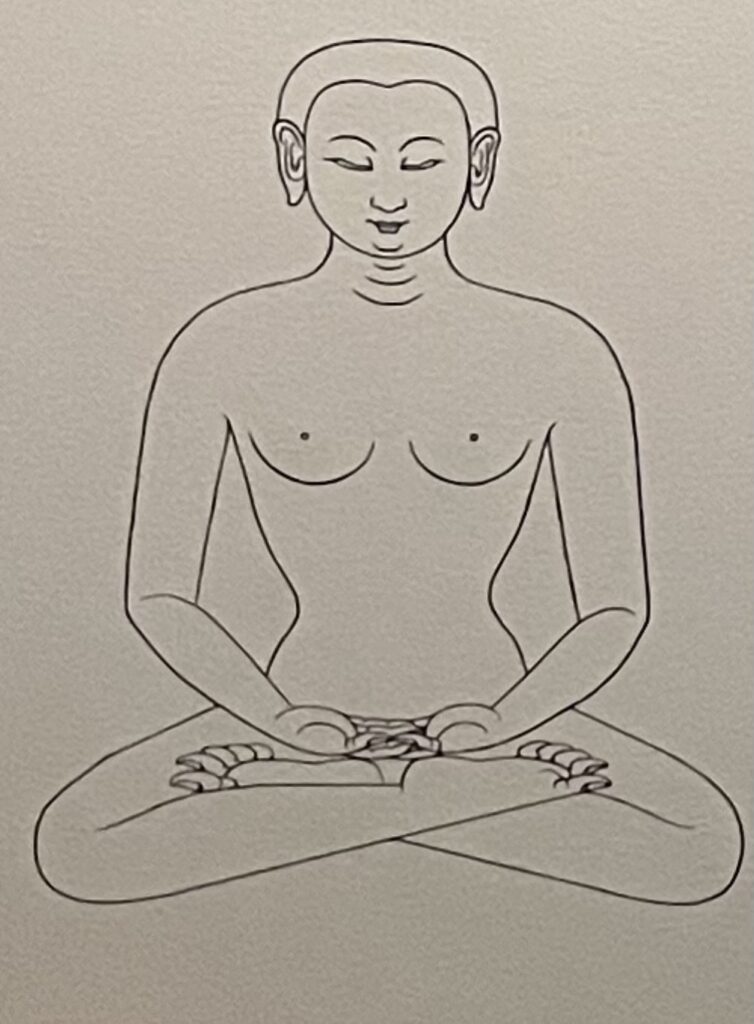One of the most iconic features of the Mogao Caves is their impeccably detailed art. From vibrant, stunning murals, to lifelike statues, the massive quantity of artistic pieces found within the Mogao Caves provides a reflection of religious life across generations, as well as everyday life for travelers along the Silk Road and residents of Dunhuang.
The Mogao Caves boast hundreds of examples of Buddhist art. Much of the murals featured in the caves, especially ones with the intention of providing a space for ritual practices, feature detailed images of sutras, or Buddhist scriptures. As we will discuss in upcoming subsections, many of these sutras were painted to align with the purpose of the rooms they were painted in. For example, in Cave 148, or the Nirvana Cave, sutras detailing Buddha’s ascension to Nirvana are displayed along the walls of the cave.1 These murals shed light on the sinicization of Buddhism experienced in China, such as the transformation of the Bodhisattva Avalokiteścara into the deity Guanyin. At the same time, they capture depictions of daily life, and give viewers a sense of what merchants, travelers, and pilgrims saw thousands of years ago.

Many murals also shared ritualistic and artistic motifs common in Buddhist art. Among the most common instances of this is the portrayal of Bodhisattvas, individuals who seek awakening, and live on earth despite taking the path to becoming a buddha. Monks associated with the Mogao Caves and temples are also depicted in a few chambers, including the Library Cave. Statues and paintings of Buddha are also portrayed in many caves, hence the Mogao Caves being colloquially known as the “Thousand Buddhas Caves.” Motifs found commonly in Buddhist art are also found in the caves. Two common symbols seen throughout the Mogao Caves are lotus blooms, representing spiritual attainment and purity and mandalas, representing the spiritual realm, the manifestation of deities, and the universe as a whole.
Other elements of Buddhist symbolism relate to the postures and gestures of figures, as shown in the images (courtesy of the Rubin Museum) below:
Gestures2


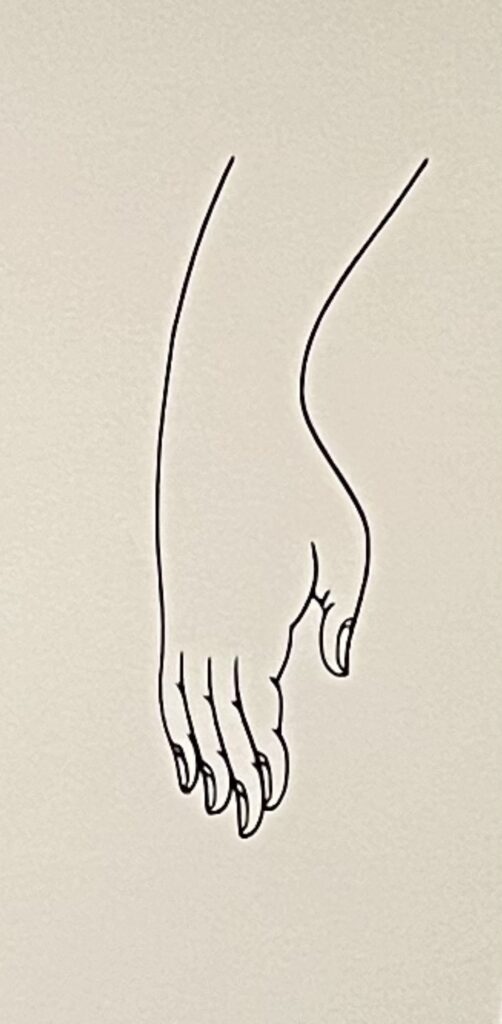

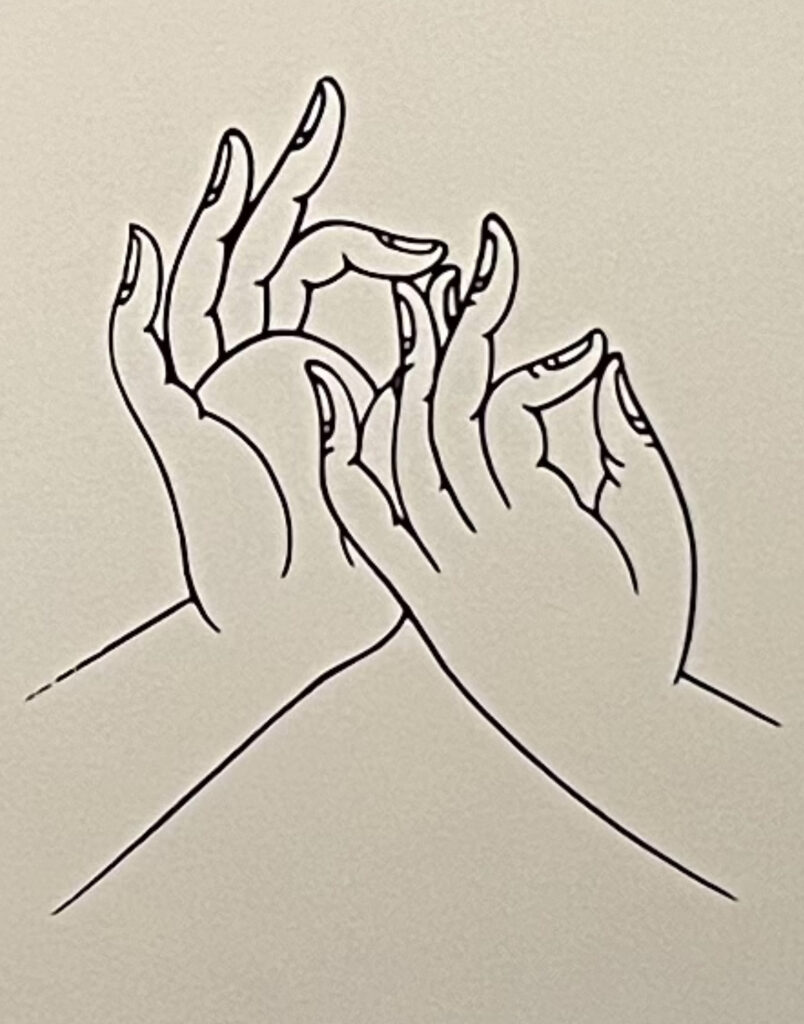
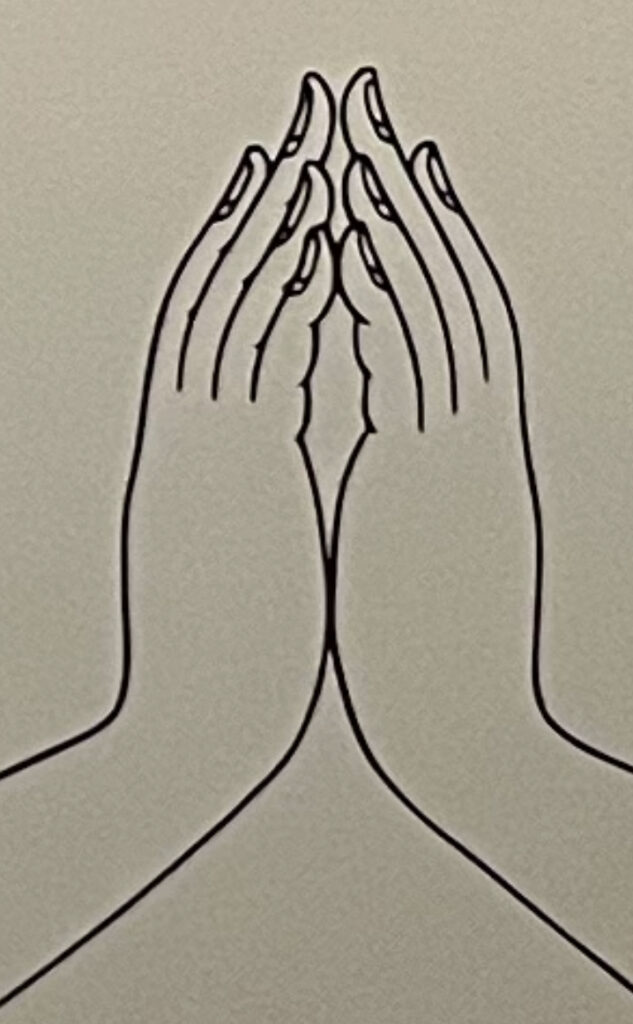

Postures3
